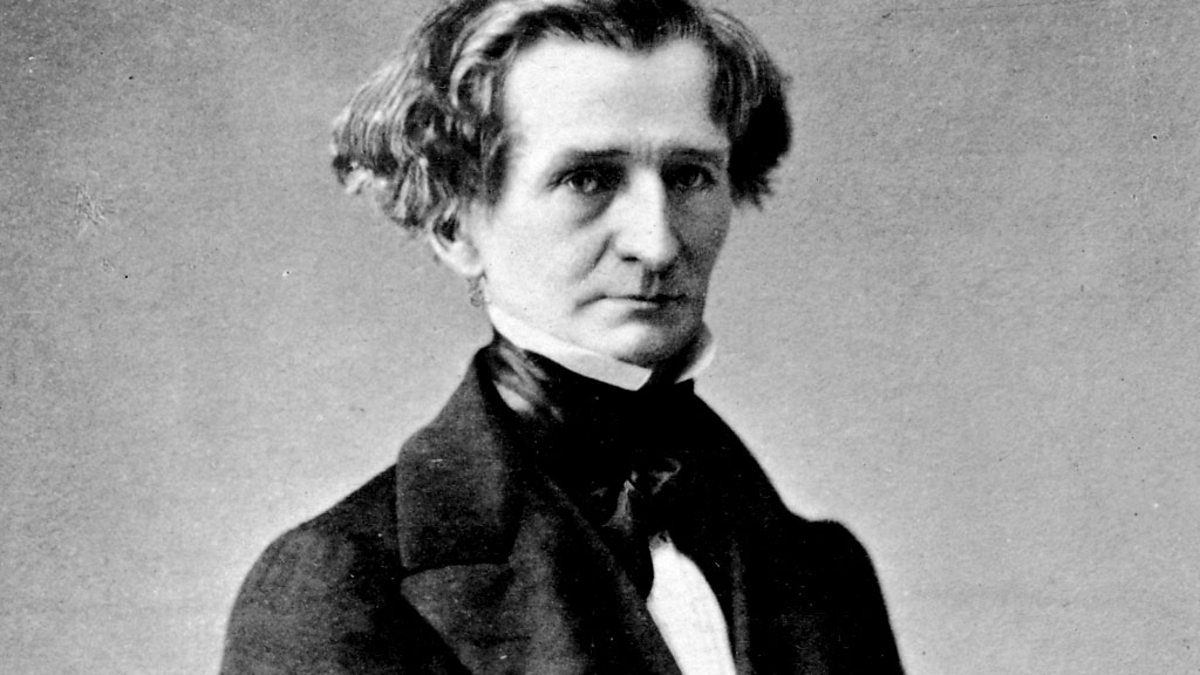Béatrice et Bénédict: Berlioz’s Neglected Comedy
Béatrice et Bénédict, Hector Berlioz’s two act opéra comique adaptation of Shakespeare’s Much Ado About Nothing, isn’t exactly a staple of the modern opera repertoire. It gets occasional performances, but is commonly overshadowed by more famous Shakespeare-based operas: Giuseppe Verdi’s Macbeth, Otello, and Falstaff, and Benjamin Britten’s A Midsummer Night’s Dream. But Béatrice et Bénédict was a smash hit when it premiered at the the Theater der Stadt in the German spa town of Baden-Baden on August 9, 1862. Berlioz referred to the …

